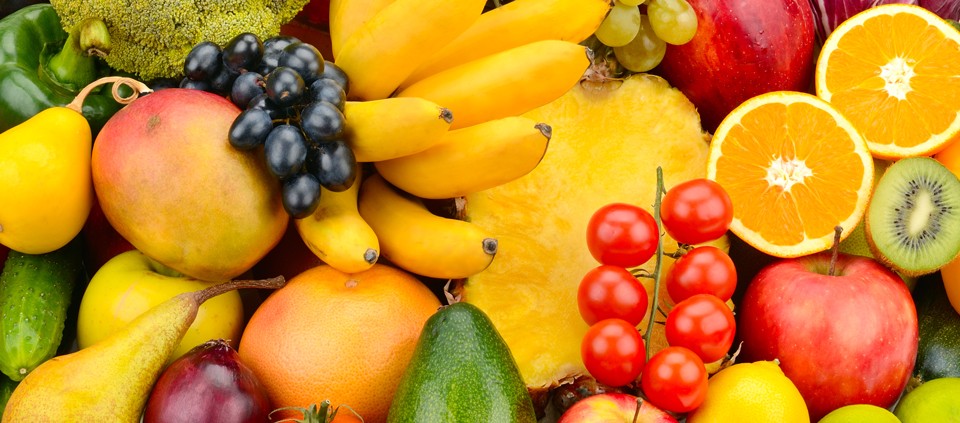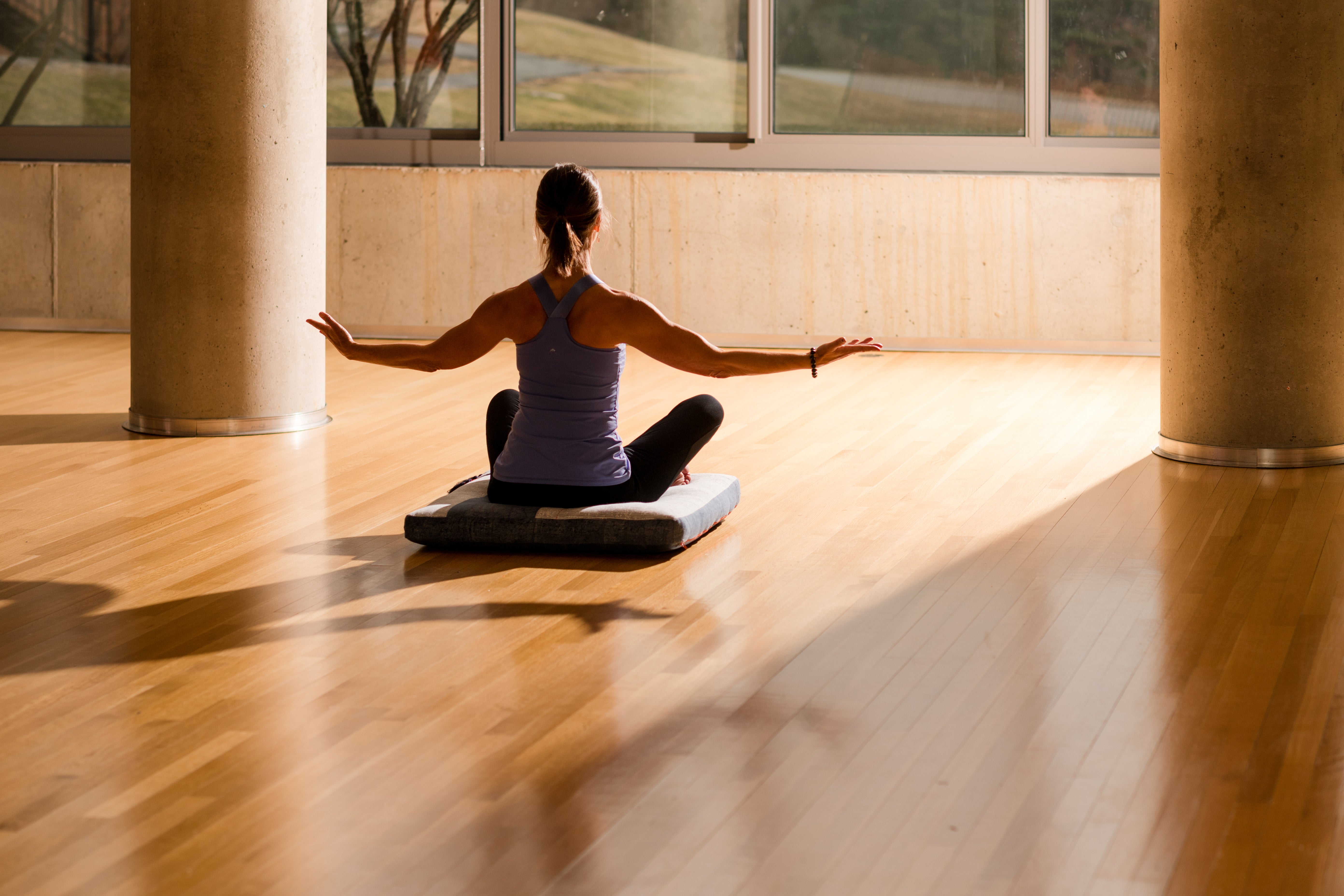What to Eat to Boost Your Ojas

Ojas is a Sanskrit term that can be translated as “vigor” or “essence of vitality.” In a nutshell, ojas is the vital energy that rules our immunity, strength, and happiness—three things we want to have in abundance. If our ojas is weak, our health, our spirits, and our energy sag. Fortunately, Ayurveda gives us some simple ways to rebuild it through the foods we choose to eat.
Wondering if you have high or low ojas? Here’s how to tell.
Signs of High Ojas
Physical:
- A glowing complexion
- A sparkle in your eyes
- Physical strength
- Ample energy
- Sharp sense organs
- No aches and pains
- Robust health and immunity
- A sense of lightness in your body and mind
Mental and emotional:
- Mental clarity and focus
- Ample vitality
- Creativity
- A profound sense of well-being
- Happiness and joy
Signs of Low Ojas
Physical:
- Dry skin
- Cold hands and feet
- Weak sense organs (for example, sensitivity to light and sound)
- Muscle pain and/or joint pain
- Heaviness of body and mind
- Impaired bodily functions
- Frequent drowsiness and/or fatigue
- A tendency to get sick frequently
Mental and emotional:
- Mental confusion or fuzziness
- Lack of focus
- A consistently negative attitude
- Anxiety
- Depression and/or loneliness
How to Build Ojas Through Your Diet
According to Ayurveda, your food is your medicine. The qualities of ojas are sweet, heavy, unctuous, cool, and smooth, so it makes sense that ojas-building foods (like avocados and bananas) would embody those qualities.
Kripalu School of Ayurveda faculty member Gerard C. Buffo, MD, says the rule of thumb is to choose “fresh, sweet, juicy foods.” He notes that Ayurveda’s list of the highest ojas-building foods include dates, almonds, ghee, and raw cow’s milk. Local, fresh organic vegetables and whole grains are ojas-building, too.
Foods To Eat
Avocados
Bananas
Dates
Figs
Sweet potatoes
Yams
Turnips
Leafy greens
Zucchini
Nuts (especially almonds)
Mung beans
Tofu
Whole grains
Foods to Avoid
Dry, raw, and undercooked foods
Canned, frozen, fried, or old foods
Alcohol
Stimulants
Refined sugar
Refined flour
Heavily processed foods
In addition to the dietary suggestions listed above, you can try a daily rejuvenating Ayurvedic tonic, such as ojas milk or the Ayurvedic formula known as chyawanprash. Chyawanprash is an immune-boosting herbal jam that includes ojas-building ingredients like ashwagandha root, ghee, and honey, plus the vitamin C–rich amla fruit. According to Gerard, ancient Ayurvedic texts report that chyawanprash “increases strength, stamina, and virility and clears the mind.”
“It’s Ayurveda’s standard cure-all,” he says, “because it decreases the stuff that decreases ojas.”
Chywanprash is available at some health food stores and through Ayurvedic websites such as Banyan Botanicals. You can follow the instructions on the container, or try baking cookies with chyawanprash. The following recipe comes from the Himalayan Institute. (Of course, as with all herbal remedies, it’s important for those on medication, with diabetes, or who are pregnant or lactating to consult a doctor before eating chyawanprash.)
Chyawanprash Cookies
1 cup butter (2 sticks)
2 cups dark brown sugar, coconut sugar, or sucanat
2 eggs
1 jar (1.1 pounds) chyawanprash
5 cups organic white flour
3 teaspoons aluminum-free baking soda
½ teaspoon salt
¼ teaspoon powdered ginger
Preheat the oven to 350 degrees.
In a mixer or large bowl, cream together the butter and brown sugar, then add the eggs (one at a time). Blend well, then add the chyawanprash and mix thoroughly.
In a separate bowl, combine the flour, baking soda, salt, and ginger.
Gradually add the dry ingredients to the wet ingredients, and mix until thoroughly combined.
Using a small ice cream scoop, make balls of cookie dough, roll them in the natural sugar to lightly coat, and place them on a lined cookie sheet.
Bake for 10–12 minutes. The cookies will be a light amber color when ready.

